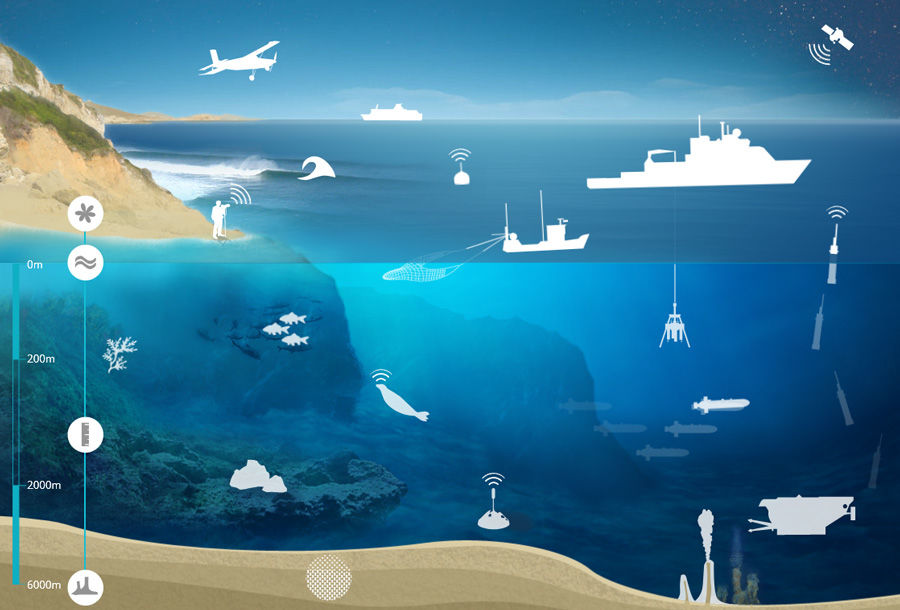Keyword
Trace elements and their isotopes
Type of resources
Available actions
Topics
Keywords
Provided by
Representation types
Update frequencies
status
Scale
From
1
-
2
/
2
-

The SISMER (Scientific Information Systems of the Sea) is the Ifremer service in charge of the management of many marine databases or information systems which Ifremer is in charge of implementing.
-
Bottle samples measurements collected during the French hydrological cruises or during joint experiments.
 Catalogue PIGMA
Catalogue PIGMA